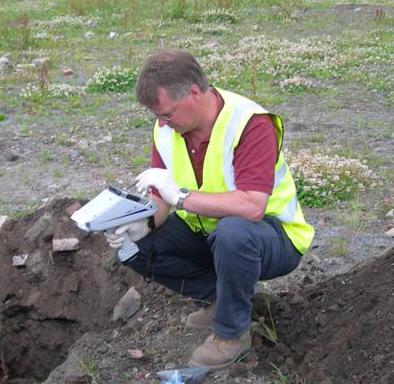On Site Analysis has come a long way.
On site analysis technology has come (and gone) a long way. Highly accurate, robust and reliable analysers have been placed on space probes like the Mars Curiosity rover, the Philae lander that landed on a comet, and gone to the moon.
The technology used in space analysers is available in more down to earth formats which can be used to monitor the effects on our own environment of chemical spills, industrial legacies and general human activity.
The QED hydrocarbon analyser uses the same solid state micro-spectrometers used by NASA to provide unrivalled accuracy in identifying petroleum hydrocarbons and PAHs.
X Ray Fluorescence analysers are also solid state systems used to detect and quantify for all the elements from Sulphur onwards. XRF was used on Apollo 15 in 1972 by the astronauts who landed on the moon as part of an experiment to determine the effect of cosmic radiation on rock chemistry. This technology is ideal for detecting and measuring heavy metals, toxic compounds that include mercury, arsenic and lead. Significant developments since 1975 mean detection limits are easily good enough for terrestrial environmental monitoring. The Olympus Vanta XRF range supplied by QROS are state of the art instruments providing high accuracy and repeatability.
